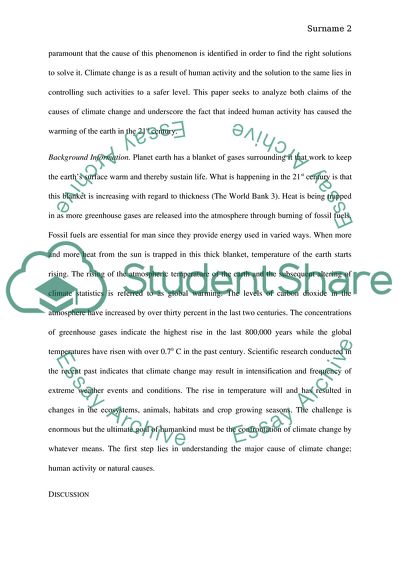Cite this document
(The problem of Climate Change and Causes Coursework, n.d.)
The problem of Climate Change and Causes Coursework. https://studentshare.org/environmental-studies/1777571-does-the-climate-change-by-human-activity-or-natural-cause
The problem of Climate Change and Causes Coursework. https://studentshare.org/environmental-studies/1777571-does-the-climate-change-by-human-activity-or-natural-cause
(The Problem of Climate Change and Causes Coursework)
The Problem of Climate Change and Causes Coursework. https://studentshare.org/environmental-studies/1777571-does-the-climate-change-by-human-activity-or-natural-cause.
The Problem of Climate Change and Causes Coursework. https://studentshare.org/environmental-studies/1777571-does-the-climate-change-by-human-activity-or-natural-cause.
“The Problem of Climate Change and Causes Coursework”. https://studentshare.org/environmental-studies/1777571-does-the-climate-change-by-human-activity-or-natural-cause.


